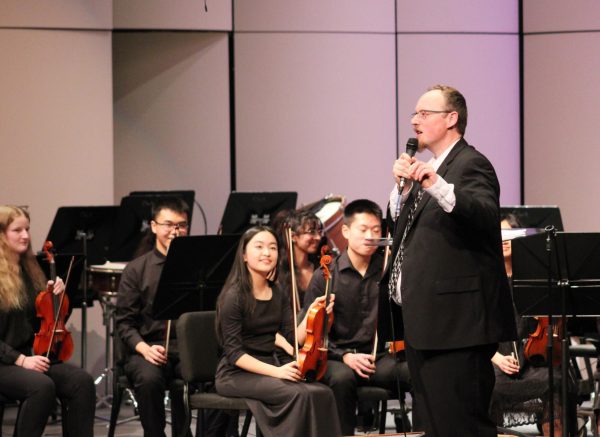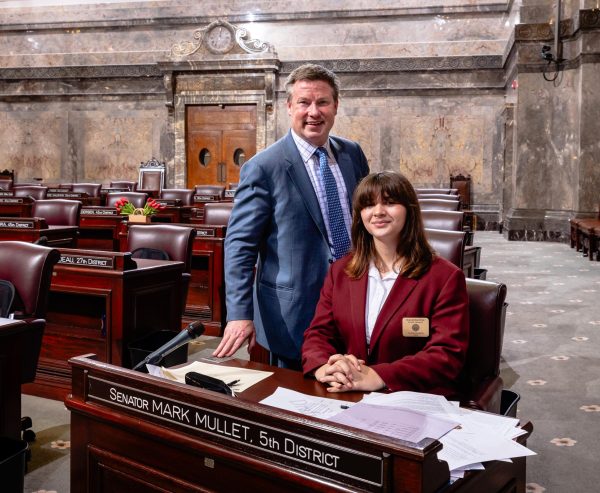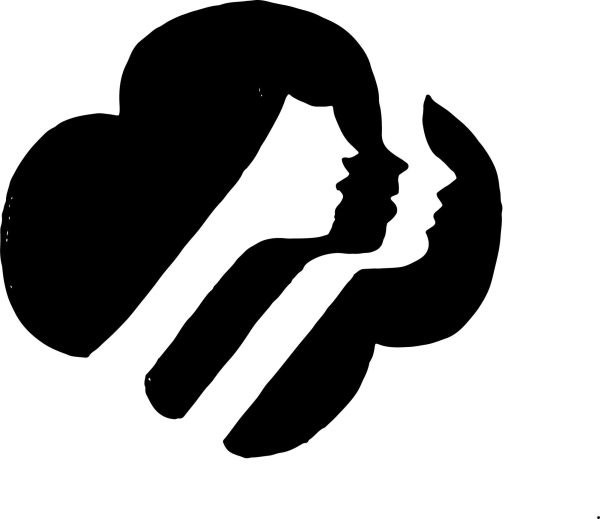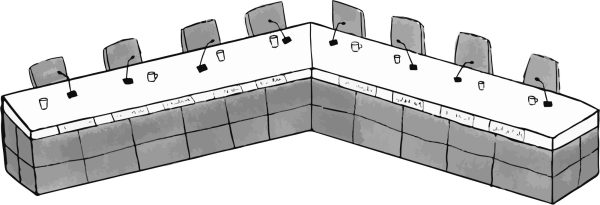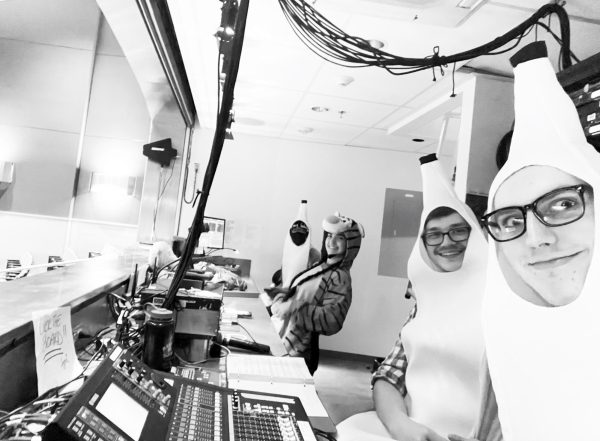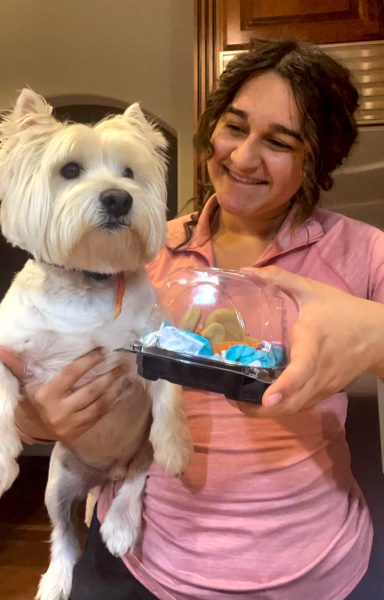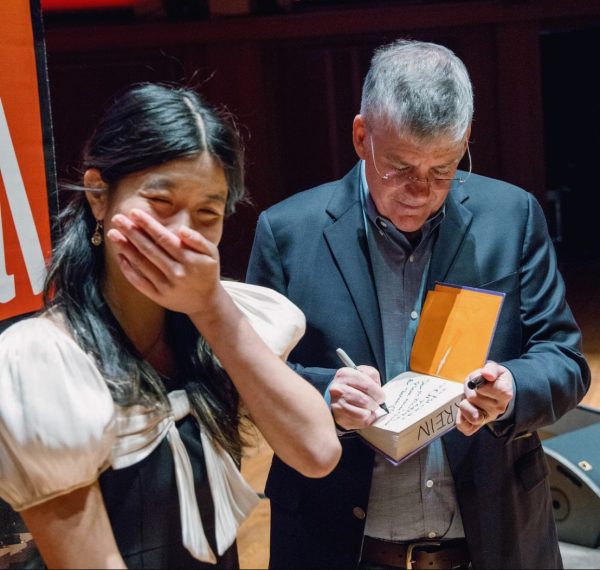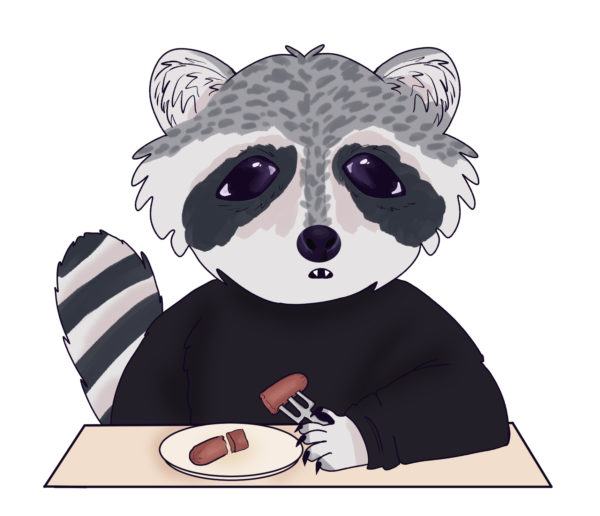Liberty’s immigrant students continue connections to their cultures
There are a number of immigrant students here at Liberty hailing from various countries around the world, from India to Vietnam to South Korea, and more recently, Ukraine. Both immigrant students whose stories are explored in this article came to the US around the same time in their lives. While they’ve had some similar occurrences in their time here so far, they’ve had more unique experiences adapting to a new life in the US and learning more about the American culture and lifestyle that they are now a part of.
March 21, 2023
Big houses, backyard pools, countless cars: that is what sophomore Alex Tran thought the US was like before moving here.
Since immigrating from Vietnam, however, Tran has learned that there’s a lot more to the US than those stereotypes. His family had planned to move here for many years. They believed that America provided more opportunities, unlike in Vietnam where bribing and corruption are commonplace.
“You get access to a lot of things more conveniently, and you can go anywhere you want. It’s a lot freer when you’re here,” Tran said.
Tran was born and raised in Ho Chi Minh City (also known as Saigon), living there until the middle of his seventh grade year in 2019. While most aspects of school life in Vietnam are similar to the US, such as the selection of sports and strenuous school schedule, Vietnamese schools are much more academically driven.
“We start taking finals when we’re in first grade, and teachers hit you if you don’t complete homework or other assignments,” Tran said.
For senior Vachan Shah, who moved from Mumbai, India, in 2017 during his seventh grade year, there was a bigger difference in the schooling systems.
“Here, school is easier and college is harder, but in India, school is harder and college is easier,” Shah said.
Immigrating to the US also affected their personal lives. Tran sometimes struggles with cultural rules that seem insignificant to Americans but are extremely important in Vietnamese culture.
“Vietnamese has specific pronouns that we use for different people in our family. We have 30 different pronouns we use, and my parents usually get mad when I don’t talk to them using the correct pronouns,” Tran said. “They understand that I’m not trying to disrespect them. It’s just that you speak English so much at school, about eight to nine hours a day, that sometimes I forget.”
Shah had similar struggles with cultural aspects when he first immigrated to the US.
“In India, you address your elders with a title, not by their first name. Here, you just call them by their name,” Shah said.
Specific features of culture like sports are also different from the US. Common American sports are football, basketball, and soccer, but in India, Shah played cricket, a sport similar to baseball but with a different setup and equipment.
“I used to play cricket for a club in the afternoon, and then later I went out and played more cricket with my friends,” Shah said.
On the weekends, he would often go with his father and grandfather to a mechanical industrial hardware shop that they owned, which he remembers fondly.
“It made me the person I am today because I learned a lot of different aspects of engineering,” Shah said.
Along with those early experiences in India, Shah’s first few years in the US helped him develop his personality and interests through the robotics program at his middle school.
“I took the class and I liked it, so I joined the robotics club here. That eventually led me to become super comfortable here after the first two or three years when I wanted to go back to live in India,” Shah said.
While both have enjoyed their lives here so far, there are some parts of life in their native countries that they miss.
“The McDonald’s there has a good menu, and I miss the food there in general with the different flavors and ingredients. I miss my cousins, my grandparents, my friends that I grew up with, and, of course, cricket,” Shah said.
Shah has been able to visit his family and friends in India a few times since he immigrated, most recently during mid-winter break.
“It’s good to see the people that I grew up with again and spend quality time with them,” Shah said. “I also call them once every two or three weeks but not as often as I’d like.”
Tran has not been able to go back to visit yet but hopes to go soon.
“I still have contact with my friends and family, and I call them through FaceTime,” Tran said.
Due to being so far away from their native countries, the families of both Shah and Tran continue to connect with their cultural communities here in the US.
“My parents have Vietnamese co-workers, and they come over to eat and hang out,” Tran said. A big part of our family is when we connect with other people in the same community.”
Holidays are an important part of Shah’s culture, so his family has continued those traditions.
“As a family, we still celebrate the holidays like Diwali and keep the traditions that I had when I was a child, but we’re not able to celebrate as many holidays as we did in India,” Shah said.
There are certain times, though, when Shah and Tran are reminded of the negative connotations many Americans associate with immigrants. So far in his time in America, Tran has dealt with some microaggressions, especially since the COVID pandemic.
“One time, I went to the park, and there were a lot of Caucasian people there. When I walked near them, they stopped their conversations and put their masks up,” Tran said.
However, he believes that it was simply ignorance that led to those actions.
“I don’t think that people in my community share enough about our country’s culture. If people here got to know other Vietnamese people and me better, they would understand us more,” Tran said.
Despite these experiences, both Shah and Tran feel that the US welcomes immigrants well through a diverse array of resources for new immigrant families.
“My family felt really welcomed by a lot of people. You can ask for help with finances or language support; when you go to hospitals, you have translators for almost any language,” Tran said.
Shah believes Liberty itself has done well at welcoming and aiding all students regardless of background.
“Liberty is good at making everyone feel welcome. There are staff members who actually care about who you are as a person and help you adjust to life here as well as help suit your learning style no matter where you’re from,” Shah said.



